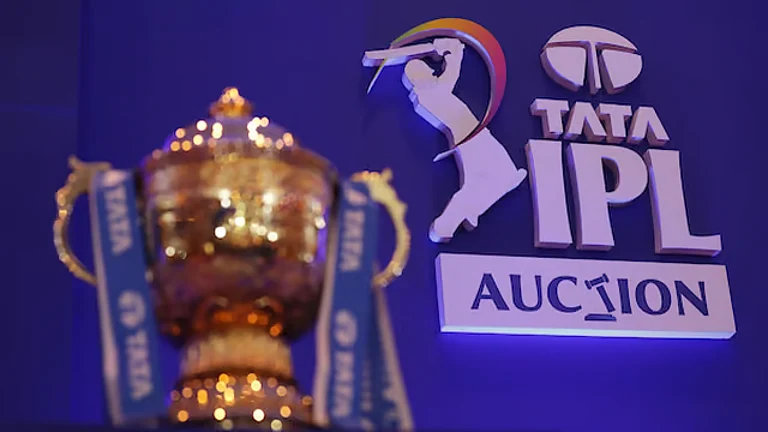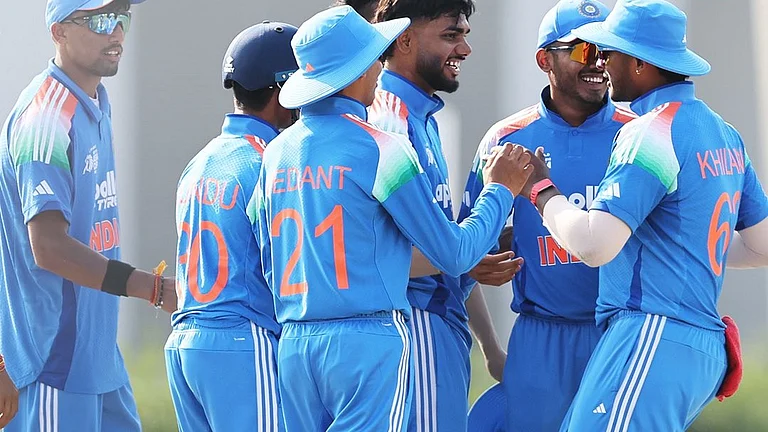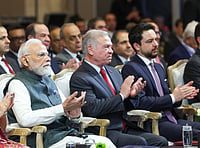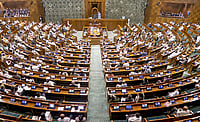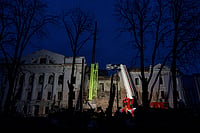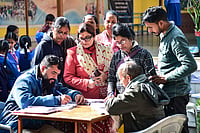The peninsula of Jaffna in northern Sri Lanka is held by the Liberation Tigers of Tamil Eelam and has been the centre of a bloody civil war for many years. I was therefore surprised to hear that the annual Big Match between the two most prominent colleges is still held in Jaffna in the usual Sri Lankan tradition. I was unable to find out the exact date of the match before I started my journey because of the security risk that publicising the fixture would have presented. I decided however to take a chance and travel to Jaffna around the approximate time it was rumoured to be taking place.
Because the area is basically a war zone, and therefore heavily controlled, I naturally needed a permit from the Ministry of Defence in Colombo. Even then there was still a possibility that the Tamil Tigers would turn me away at their checkpoint at Vinonya.
It had been a hot, exhausting but, above all, unusual journey from Colombo. On reaching the Government checkpoint I was assured by the portly official in charge that the Tamil Tigers would let me in without a problem. Then came the arduous task of a three-mile walk across no-man's land under the sweltering heat of the midday sun. With no transport available, life was difficult—especially for the scores of old people and women with children and babies. Most were carrying not one but two kitchen sinks among an assortment of suitcases, card-board boxes and plastic bags, many balanced on their heads.
To reach the Tamil Tiger checkpoint at the other side, and then be granted a permit to continue to Jaffna meant that I had to convince the guards that, far from being a spy or a terrorist, I was just a harmless photographer with an interest in cricket. It turned out to be far more difficult than I had anticipated. Among the curling queues of people waiting patiently under the stifling canvas shelters, the conversation with my "interviewer" was unusual to say the least:
Tiger: "Why are you here?"
Me: "I've come to photograph the cricket in Jaffna."
Tiger: "You are making a mistake—they only play cricket in Colombo."
Me: "And Jaffna."
Tiger: "Are you with the BBC?"
Me: "No, but here is a letter from the Hong Kong Cricket Association."
Tiger: "But they don't play cricket in Jaffna."
Me: "Yes they do—they still play a Big Match in Jaffna."
Tiger: "Oh, so you are with the BBC?"
Me: (Patiently) "No, but, here is a letter from my publisher."
And so it continued. By now it was the hottest part of the day and a large crowd of onlookers was hovering inquisitively. I finally obtained the required permit with the requisite rubber-stamp which I suspect was issued just to get me out of the way. I left the camp and boarded a minibus faster than a ball leaving Brian Lara's bat. After travelling overnight by various modes of transport I arrived in Jaffna at dawn. Although Jaffna is only a couple of hundred miles from Colombo it had still taken me 24 hours to get there. A bleary-eyed night-porter showed me to a room in one of the few remaining hotels still operating in the city. The building was lit by flickering yellow kerosene lamps as there had been no electricity for several years. On registering not only did I discover that I was the only guest in the hotel, but I was also the first guest in five months.
Later in the morning there was another interrogation to endure,this time at the Tamil Tigers headquarters where I had been ordered to report. This encounter was a cue for more questions from a set of bemused officials with semi-automatic rifles slung over their shoulders. After again explaining I only wished to photograph a cricket match I think they came to the conclusion that although my sanity was in question, I did not pose a security risk. Their final question was, "Is there any information you would like about our organisation?" "No," I replied, "but can you please tell me where they play cricket?"Eventually they let me leave and I was able to tackle the real task in hand: searching for the cricket ground. Unfortunately, I discovered from community leaders at the local YMCA that the Big Match had in fact taken place the previous weekend, but I was assured that there would be plenty of practice games taking place.
THAT afternoon at the Central College Ground, over a hundred boys were being organised into groups for practice. Surrounded by the bombed out remains of once glorious buildings, the sport continues in spite of, or even because of, the fighting. The community leaders talked about the effects of the war on the people, showing remarkable optimism and acceptance in such difficult circumstances. The streets had no lighting and the few remaining shops and cafes now closed at sunset because of the lack of electricity. There is virtually no transport because very little fuel was available; TV and cinema had not been seen for over ten years. Due to the lack of other recreational activities "there seemed very little else to do but to play cricket", the sports secretary said. Perhaps this was somewhat sentimental, as cricket had taken a firm root in the area back in 1904 when it was introduced by the Jaffna Central College, one of the leading Protestant colleges.
Unfortunately, a declining economy and escalating prices caused by the war means fewer people can afford the necessary equipment to play. Even the schools, normally major centres of cricket coaching, have been forced to cut back on their commitment. The difficulty of getting to and from Jaffna, something I had experienced first-hand, prevents games with visiting colleges and so restricts the amount of experience that can be gained by playing competitive matches.
Enthusiasm is far from absent and the twice-daily practice sessions continue regardless, as I witnessed on my return to the ground at 5.30 am the next day. After a couple of hours the boys picked up their satchels and scampered off to school. In a devastated city with such extreme problems where most teenagers have lived most of their lives under war conditions, sports in general has taken on a more important role providing one of the few forms of escapism from a spectre of violence. Cricket still provides the same incentive here as it does to boys in the rest of the subcontinent. With so few other social activities, may be the youth leaders were right. Maybe in this war-torn land, there is little else to do but play cricket.







